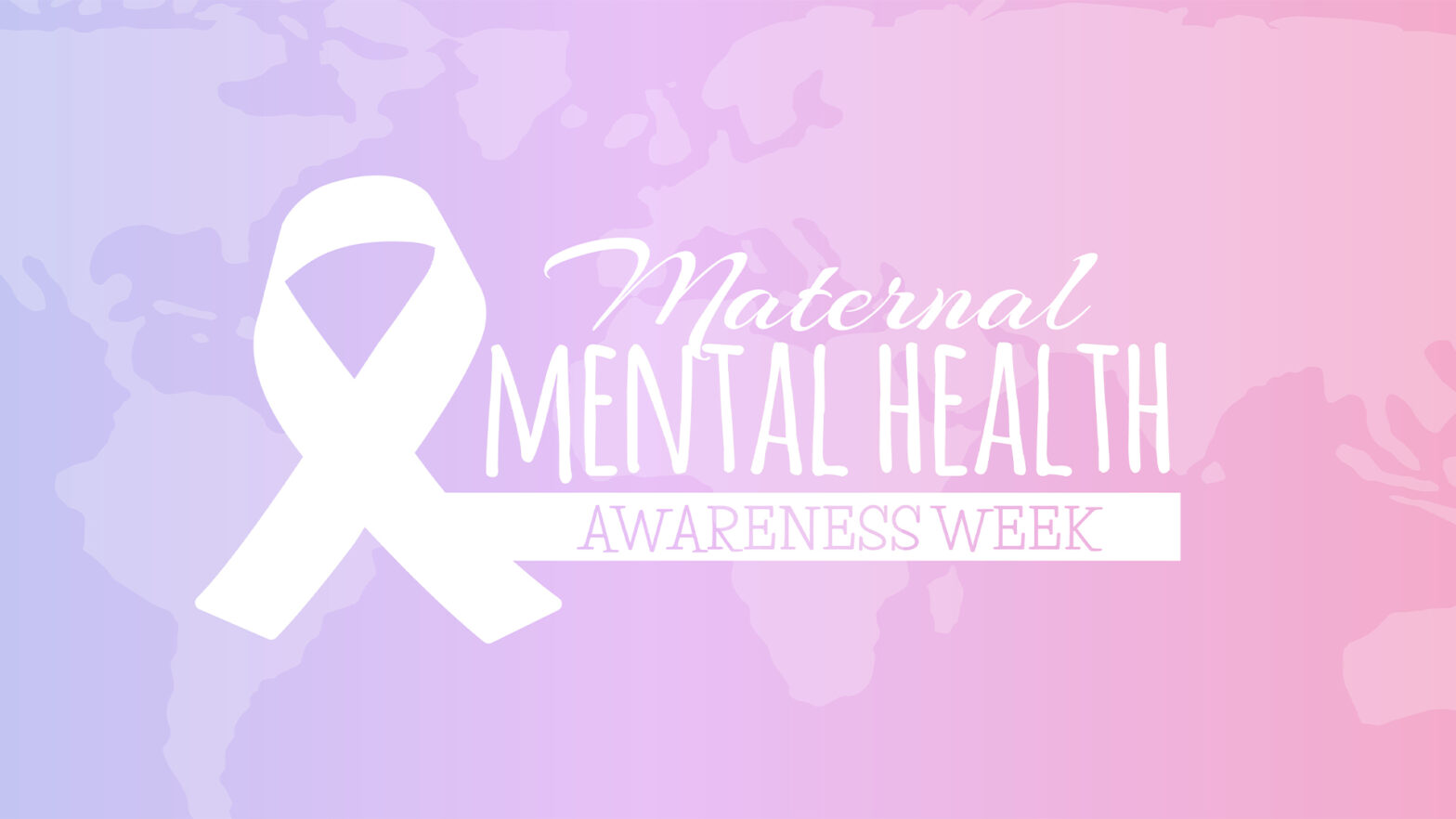Navigating Viral Infections: Complexities in Diagnosis and Treatment Strategies
As many became aware during the course of the COVID-19 pandemic, viruses can have an incredibly harmful impact on society when not effectively treated. Unfortunately, many traits of viruses make them incredibly difficult to treat — especially when they come in new forms that medical professionals aren’t prepared for.
However, society at large is extremely fortunate that there are skilled professionals treating patients and studying viruses to help keep the public safe from harm. Gaining perspective on viruses and their idiosyncrasies can give one a more nuanced understanding of the significant role viruses play in public health.
Here are the complexities in virus diagnosis and treatment strategies.
Understanding the Two Main Types of Viruses
Before understanding the reasons that viruses are sometimes difficult to treat and comprehend, one must gain an understanding of the two main types of viruses: RNA viruses and DNA viruses.
- RNA Viruses: RNA viruses utilize genetic code to copy themselves. What’s important to understand about these viruses is that they mutate extremely rapidly.
- DNA Viruses: DNA viruses don’t mutate as much as their RNA counterparts. This is important because it makes it easier for professionals to develop vaccines for them.
Essentially, all viruses use cells to keep themselves safe and reproduce. When humans are infected with viruses, a phenomenon called viral shedding often happens. Put simply, this is when humans discharge the virus through bodily fluids, such as through saliva when sneezing, which puts others at risk of catching the virus.
When humans contract a virus, their bodies, in particular their immune systems, naturally respond in order to defend themselves. Unfortunately, some viruses mutate so quickly that immune responses have a difficult time fighting them off.
Why Mutation Makes It Difficult to Diagnose and Treat Viruses
As has been noted, RNA viruses can mutate quickly. Not only does this rapid mutation make it difficult for human immune systems to respond effectively to them, but it also makes it difficult for medical professionals to identify, diagnose, and treat them.
When viruses mutate, essentially what is happening is an error in viruses copying their genetic code. While this can sometimes be harmful for viruses, causing them to be less contagious for instance, sometimes it can be beneficial for them.
In these cases when viruses mutate, the new strain of the virus is called a variant. It is these variants that make it difficult for medical professionals to treat viruses as these, essentially new, viruses that have not necessarily been dealt with before.
As many saw during the COVID-19 pandemic, when there are outbreaks of new virus variants, it is incredibly difficult to respond on a large scale. This becomes even more true when the particular virus is extremely contagious and mutates quickly.
The Vital Role of Epidemiologists in Studying Viruses
In order to craft effective diagnosis and treatment strategies, medical professionals must understand the viruses they’re dealing with. Unfortunately, when it comes to new variants of viruses, they have no way of knowing exactly what they’re dealing with.
The work that epidemiologists perform helps to give medical professionals a deeper understanding of new virus strains. As a result, they enable these professionals with the knowledge they need to effectively diagnose and develop treatments for these viruses.
Some key efforts that epidemiologists engage in include:
- Studying diseases and viruses
- Tracking the spread of diseases and viruses
- Helping develop protocols and coordinating public responses
Without the vital work of these professionals, medical professionals such as doctors would essentially be left in the dark when dealing with new strains of viruses. When this occurs, doctors may misdiagnose new ailments and, as a result, treat people in ways that are ineffective or, in some cases, even harmful to patients.
Educating the Public
Beyond providing key insights to medical professionals that help them treat patients, epidemiologists must also educate the public. For example, these professionals spread awareness about new outbreaks while also providing tips and insights to people in the public about how to safeguard themselves from diseases and viruses.
However, doing so is not always simple for epidemiologists. For one, studying ailments such as viruses takes time. In cases such as the COVID-19 pandemic, information was needed as quickly as possible. As such, epidemiologists had to be mindful of what discoveries they shared with the public since they hadn’t yet had the time to conduct research as thoroughly as they would like.
In addition to dealing with the barriers that come with studying a disease, epidemiologists must also combat misinformation that enters the public sphere. This can become incredibly difficult when certain ideas spread in certain communities and become politically charged.
Despite these challenges, epidemiologists do amazing work that benefits the lives of countless people. As a result of their work, doctors and healthcare professionals can perform their roles more effectively and the public can engage in safer behaviors.
Diagnosing and Treating Certain Types of Viruses Is Incredibly Difficult
Viruses that rapidly mutate and create new variants make it extremely difficult for doctors to diagnose and treat patients. Fortunately, professionals such as epidemiologists work tirelessly to understand new variants and provide more insights. As we delve deeper into the future, it’s likely that the role of epidemiologists will become even more lauded and more resources will be created to develop, train, and support these skilled professionals.

















